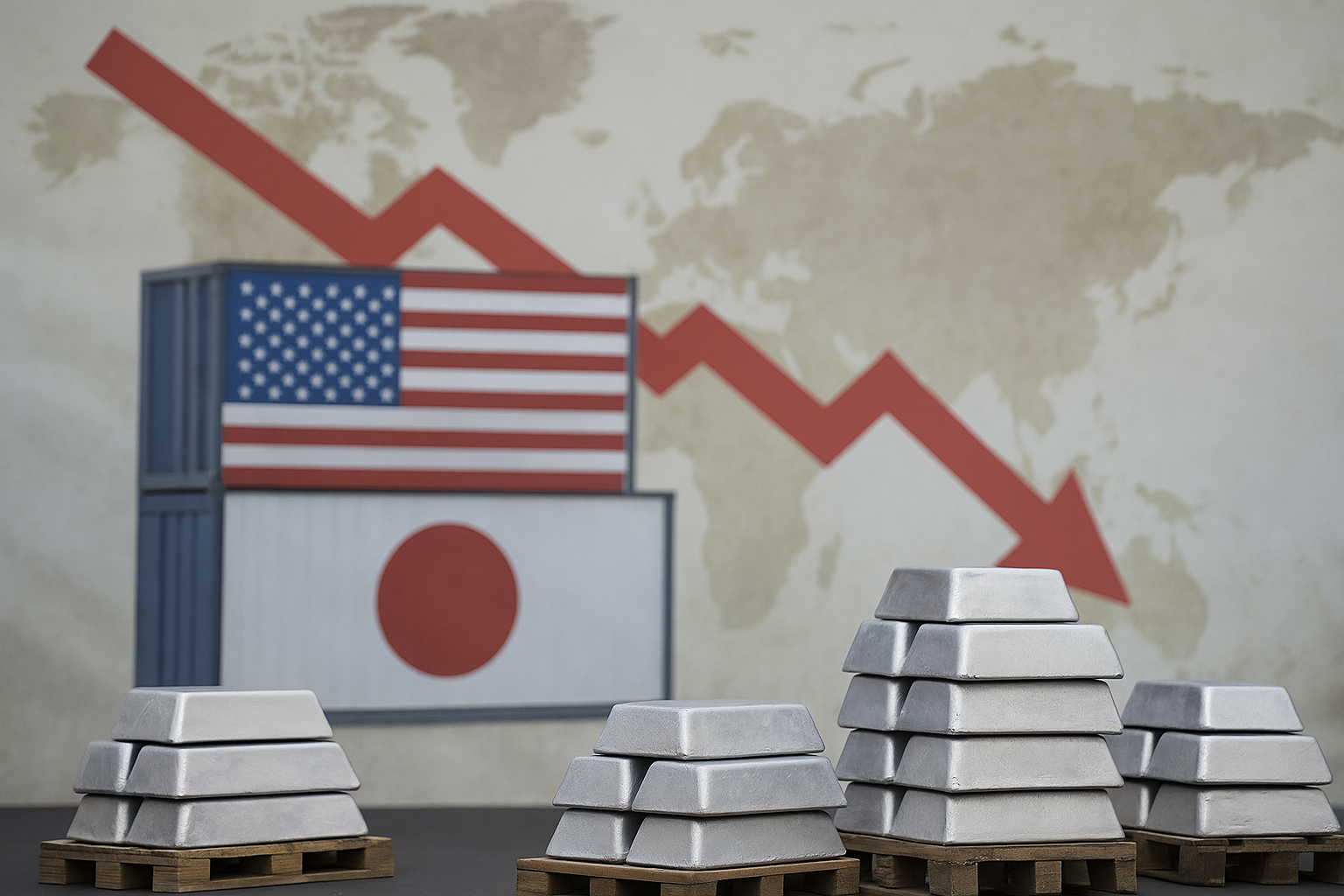

Japan’s economic engine, though sputtering, is not stalling just yet. Revised data from the Cabinet Office show that Japan’s GDP shrank by only 0.2 per cent annualised in Q1 2025, sharply better than the earlier estimate of 0.7 per cent, and just enough to keep recessionary panic at bay. The improvement was primarily driven by a surprise uptick in private consumption, which accounts for over half the nation’s GDP. From restaurants to gaming, updated spending data lifted consumption growth to 0.1 per cent, reversing the earlier flat-line reading.
{alcircleadd} Image for representational purposes only
Image for representational purposes only
What’s more, domestic demand contributed 0.8 percentage point to growth, effectively offsetting the 0.8 percentage point drag from net exports. However, the modest rebound is unlikely to shift the Bank of Japan’s cautious stance, especially as tariff pressures from the US loom large. While inventories and capital expenditure offered some cushion, Japan’s forward momentum remains hostage to export dynamics—and, by extension, to aluminium-intensive sectors under direct tariff fire.
Despite periodic trade spats, Japan and the US remain deeply intertwined — militarily through the alliance, economically through integrated supply chains, and diplomatically through shared values in the Indo-Pacific. It is a relationship built not just on mutual interest but also on mutual necessity.
At the heart of the unease is a 25 per cent tariff on Japanese automobiles and auto parts, implemented under Section 232 of the US Trade Act in April 2025. This was followed swiftly by a 10 per cent baseline tariff on nearly all Japanese imports and a looming 14 per cent country-specific surcharge set to kick in from July unless negotiations manage a de-escalation. In short, Japan’s trade engine, long fuelled by high-value exports, is now running into geopolitical headwinds.
Aluminium leads not by volume, but by value
Aluminium may account for a modest share of Japan, with the US trade of just USD 500-700 million worth of Japanese aluminium products entering the US in 2024. Still, its industrial and strategic weight is outsized. From electric vehicles to semiconductors and aircraft components, aluminium is embedded deep within the global value chains that power both nations’ clean-tech and defence ambitions.
 Events
Events
 e-Magazines
e-Magazines
 Reports
Reports
Responses








